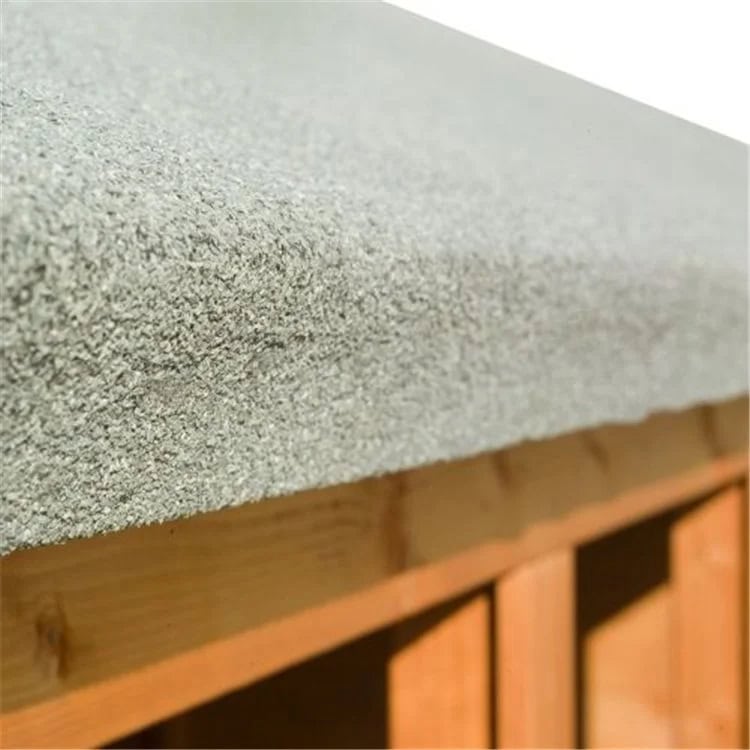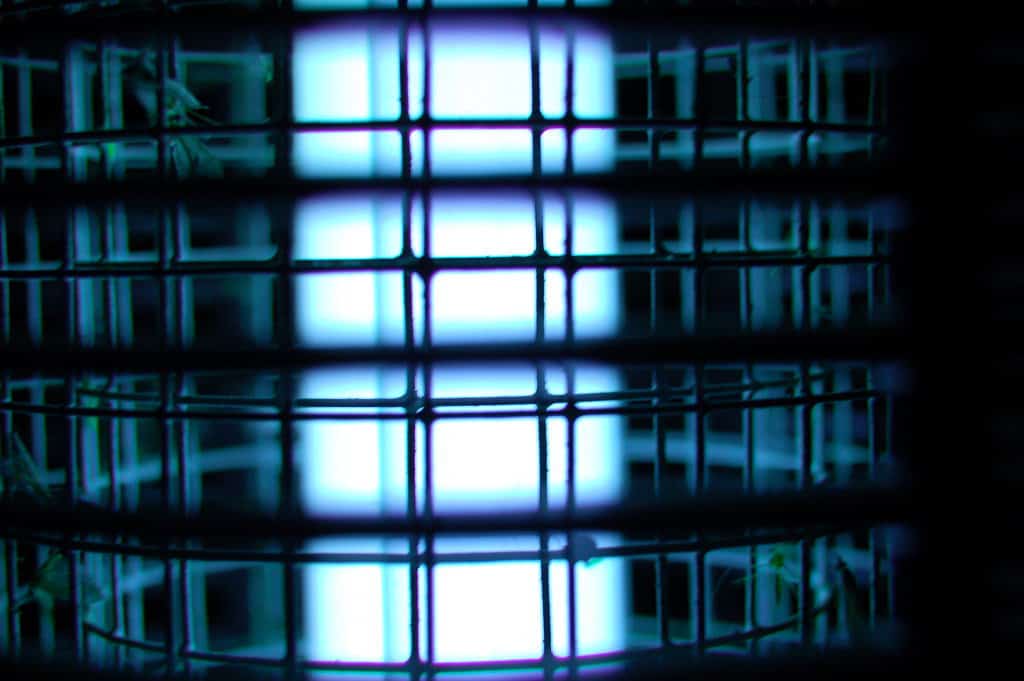Jump to:
Nature awakens, breathing new life into everything around us as spring arrives. This season heralds a crucial time for insects, too, which poses a challenge for shed owners. Bugs take advantage of the warmer weather to seek food and shelter, often finding refuge in garden sheds.
If left unchecked, these unwelcome guests can infest the structure and wreak havoc. Keep them at bay with these effective bug-proof shed solutions!
1. Seal gaps and cracks

Bugs can squeeze through any opening, such as cracks in the foundation and shed’s siding. The side walls that meet the base are often their favourite hiding spot, so pay attention to these areas. Windows, vents, and doors can also serve as potential entry points for them!
Solutions: Seal any gaps you find using quality caulk, weatherstrips, or expanding foams. Installing screens is also effective in thwarting larger insects, like mosquitoes. Aluminium screens are an economical choice, lightweight and easy to install. They’re also resistant to corrosion from harsh weather conditions.
2. Use repellent lining paper
A repellent lining paper has been treated to prevent and control infestations effectively. It creates a barrier that may help inhibit bugs’ movement, feeding, or reproduction.
Solution: To use, follow the instructions on the product label. Apply it to the walls, floor, and ceiling, or wherever necessary. Wear protective gear, such as gloves or a mask, when handling or installing the lining paper. Some insecticides or repellents can be toxic or irritant to humans or pets.
3. Install felt to your shed’s roof

Covering your roof’s base with a layer of a green mineral felt can keep bugs, including ants, from sneaking in. Felt is a durable, weather-resistant material that also provides protection against moisture. Its installation allows for a smooth surface that’s tricky for such insects to burrow into.
Roofing felt can also help regulate the temperature and humidity. It works by reflecting sunlight and insulating against heat loss or gain. This, in turn, can make the shed less attractive to insects, which often prefer warm, moist settings.
Solution: Invest in quality felting. Cover what needs to be covered and secure with felt clout nails. Follow the manufacturer’s manual for instructions. Or seek professional help if this task is beyond your expertise.
4. Limit light exposure

Insects such as moths, flies, and beetles are fond of lights. Try to balance and limit the amount of light exposure in and around your shed. There are various solutions to do this, including:
- Install motion-sensing lights: This is a practical way to conserve energy and minimise attraction. These lights activate only when they detect motion, minimising the time the light is ON. Your shed then remains less inviting.
- Put up curtains or blinds: This trick may particularly help if your shed has windows. Both methods can block any potential entry points, making it more difficult for bugs to enter.
- Invest in bug zappers: These devices are designed to attract flies using UV light and kill them by electrocution. Insects have sensitive photoreceptor cells that can pick up black light, hence attracting them. The best location to hang them is on a balcony awning or in a tree, away from where you spend time outdoors.
5. Consider shed ventilation
Proper ventilation prevents moisture buildup, which attracts bugs. Thus, good air circulation inside the structure can ward them off.
Solutions: Install vents or louvres on opposite walls to facilitate airflow. A vented roof or ridge vent also allows hot air to escape upward. Consider vent screens or air filters to prevent pesky bugs from entering.
Regularly inspect and clean the vents to ensure they aren’t blocked by debris or obstruction. Otherwise, this can impede airflow and diminish their effectiveness in maintaining optimal ventilation.
Consider these methods to prevent bug infestations in your garden building. With a little effort and attention, you can enjoy bug-free shed storage all year round!
Click the button below to browse our range of garden sheds. If you have any further questions, please don’t hesitate to contact us at 01909 768840.
Next on your reading list: 5 Effective Tips to Spider-Proof Your Shed Once for All










